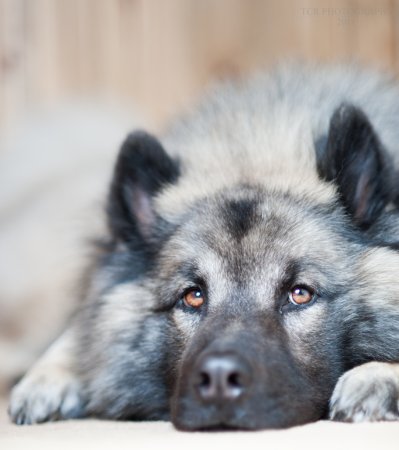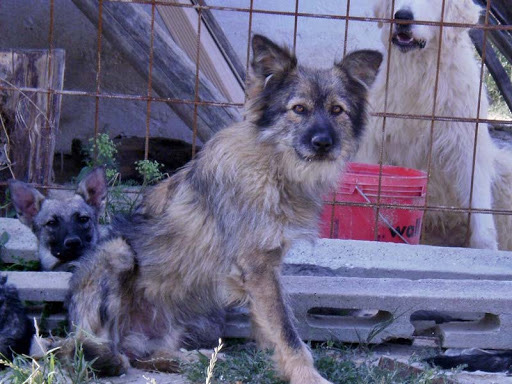
In some dialects of Italy, the word “paratore” translates “to touch,” push forward” or “to stand in front of,” a meaning that comes from the Vulgar Latin of the late Middle Ages. The word is still used in parts of the country where it’s typically linked with herding, and in particular, an ancient breed that originated in southern Italy, the Cane Paratore, sometimes called the Cane Toccatore. In 2018, a genetic study identified it as one of the five Italian herding breeds to come out of a 19th century broadly-distributed European herding dog that also gave rise to the German Shepherd Dog and the Berger Picard. The other Italian herding breeds were the Bergamasco, Lupino del Gigante, Pastore d’Oropa, and the Pastore della Lessinia e del Lagorai.
What makes this study so interesting is that it determined that the Cane Paratore is one of the few Italian breeds related to German Shepherd Dogs because of a common ancestor.

Image from Wikipedia under Creative Commons license
Transhumant flocks could travel for as many as fifteen days, and for that reason, the Cane Paratore was also called “the dog of the moor.” There are two strains of the Paratore, both of which have been used by farmers to move herds from the Tavoliere delle Puglie, a plain in southern Italy, to the montane Apennines pastures. Both strains work by nipping at stock to make them move, but the smaller, milder Toccatore has less bite and is typically used with lop-eared Biellese sheep in mountain pastures. The Toccatore bites only as much fleece as is needed to move ewes in the right direction, and never bites skin.
Morphologically speaking, the dogs have been described as having similarity to the wolf, and this may account for yet another breed name, Italian Wolfdog. These dogs have erect or semi-erect ears, a skull shape similar to the head of the wolf, and have a short or semi-long coat wolfish in color: Agouti or wild pattern with a black mask, grey brindle, leopard (merle), black, sable, and tan. The dogs mature quickly, are fiercely protective of their young, and (without our having found scientific proof as yet) have an immune system similar to that of wolves. Anecdotally, it’s reported that it’s not uncommon for females to mate with wolves, something the Center for the Preservation of the Cane Paratoro considers a “spontaneous restoration of blood lines.” In the field, the dogs are fed bran, whey, stale bread, and whatever is leftover from the shepherd’s meal.
Today, they are rare and mostly unknown everywhere except for Abruzzes where they are relatively common. The dogs never became popular enough to expand beyond Italy, nor are they especially consistent in appearance as they were bred for function, not phenotype. More images may be found here.
Image found on Pinterest and happily credited upon receipt of information
